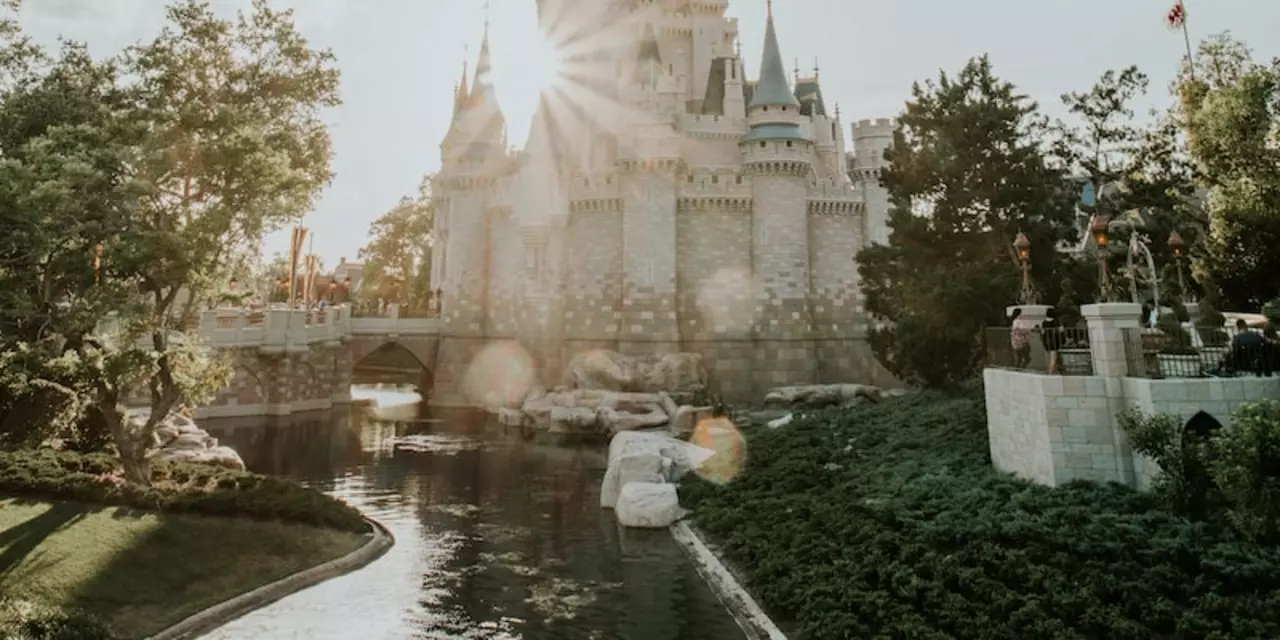VHS Basics: A Quick Guide for Retro Lovers
If you’ve ever dug out a dusty box of movies from the attic, you know the thrill of popping a VHS tape into a player and hearing that iconic whir. Even in a streaming world, VHS still has a loyal crowd – collectors, hobbyists, and anyone who loves a tangible piece of media history.
The VHS (Video Home System) was launched in the mid‑1970s and quickly became the go‑to format for home movies. Its big win? Longer recording time compared to earlier formats, plus a price that fit most family budgets. Over three decades, the tape served everything from blockbuster releases to home‑recorded family events.
Playing a tape is simple: insert it, press play, and let the magnetic tape glide across the heads. The machine reads the magnetic patterns, turning them back into video and audio signals that your TV displays. No internet, no buffering – just pure analog magic.
How VHS Works and Why It’s Still Cool
Inside the tape are two reels of plastic film coated with magnetic particles. As the tape moves, a magnetized head reads the tiny variations that represent sound and picture. The wider tape strip lets VHS store more information than older formats, which is why you could get up to six hours of video on a single cassette.
Even though digital formats beat tape on clarity, many fans love VHS for its warm, nostalgic feel. The slight imperfections – a little hiss, occasional tracking issues – add character that flat digital files lack. Plus, owning a physical collection means you control exactly what you watch, without reliance on subscription services.
Tips to Keep Your Tapes Playing Smoothly
1. **Store upright and cool** – Keep tapes standing like books, away from direct sunlight and extreme temperatures. Heat can warp the plastic, and humidity invites mold.
2. **Clean the player heads** – Use a soft, lint‑free cloth and a tiny bit of isopropyl alcohol to wipe the video and audio heads. A dirty head causes fuzzy pictures and strange sound.
3. **Rewind before storage** – Always wind tapes fully back to the start. Leaving them half‑rewound stresses the tape and can cause stretch or breakage over time.
4. **Avoid fast‑forward abuse** – Rapidly spooling a tape can damage the magnetic coating. If you need to skip ahead, do it in short bursts.
5. **Digitise valuable tapes** – For movies you love or family videos, consider converting them to a digital format. A USB capture device connects a VCR to your computer, letting you save the content as MP4 files.Following these simple steps can extend the life of your collection and keep those nostalgic evenings rolling for years to come.
So whether you’re revisiting a classic action film, preserving a birthday party from 1992, or just curious about retro tech, VHS still offers a hands‑on way to enjoy video. Grab a player, pop in a tape, and let the analog world spin back to life.
